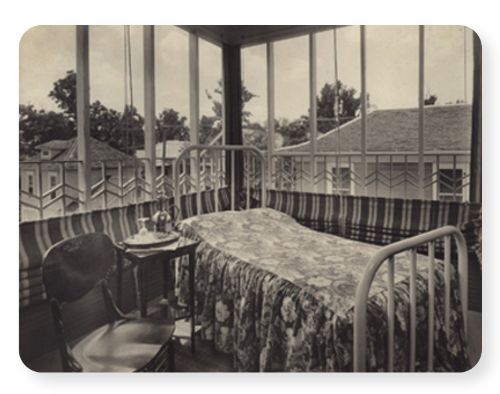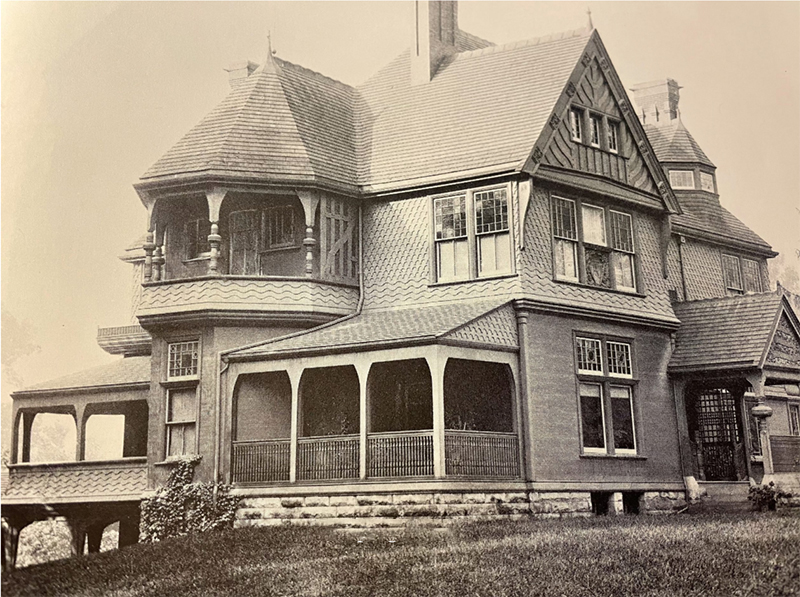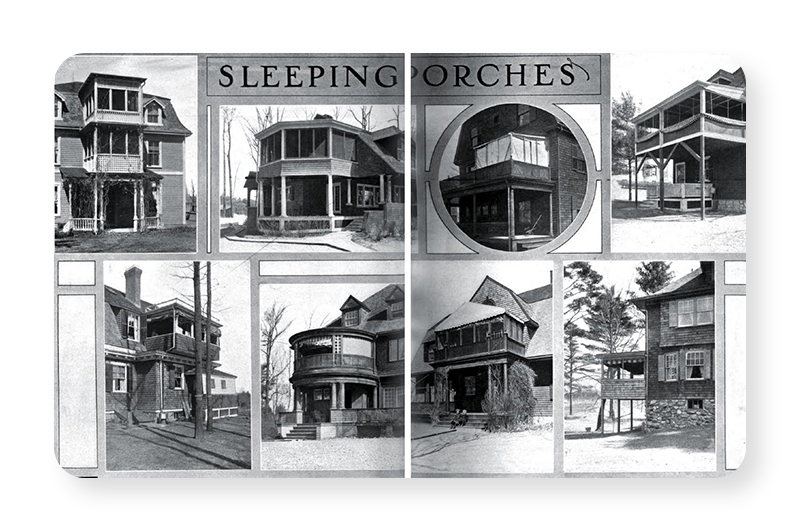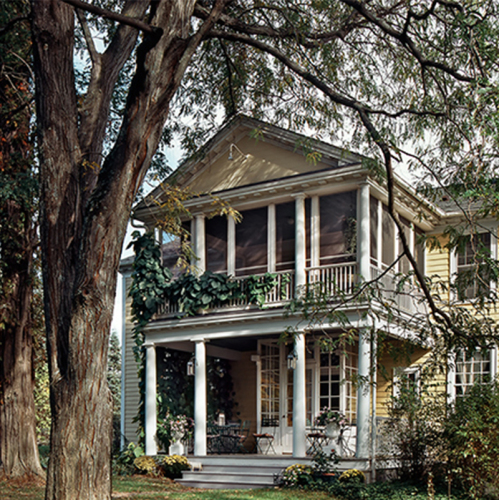
In today’s world, the comfort of air conditioning is something many of us take for granted. But before the widespread adoption of residential air conditioning, homeowners had to get creative to stay cool during sweltering summer nights. One such ingenious solution was the sleeping porch, an architectural feature that became a staple in homes built in the late 19th and early 20th centuries.
The Inception of Sleeping Porches
Sleeping porches were designed to provide a comfortable place to sleep during hot weather, taking advantage of cooler evening breezes. These porches were typically located on the second floor or higher, often at the back or side of the house to maximize airflow. Screened-in to protect against insects, they allowed residents to enjoy the benefits of fresh air while maintaining some level of privacy and security.

Health Benefits and Popularity
During this period, fresh air was widely believed to be beneficial for health. This was especially true for individuals suffering from respiratory conditions like tuberculosis. Sleeping outdoors was thought to promote overall well-being, making sleeping porches a practical and health-conscious addition to homes.
The popularity of sleeping porches soared in the American South and Midwest, where summer temperatures could be particularly oppressive. They were also common in resort areas and vacation homes. Architectural styles like Craftsman, Bungalow, and Victorian-era homes often included sleeping porches as standard features, reflecting the era’s emphasis on natural materials and indoor-outdoor living.
Design and Functionality
The design of sleeping porches varied, but their core function remained the same: to provide a cool, comfortable sleeping environment. The open design facilitated better air circulation, which helped lower temperatures inside the home. Some porches were simple, with just enough space for a bed and a few chairs, while others were more elaborate, featuring built-in furniture and decorative elements.

The Decline of Sleeping Porches
The mid-20th century brought significant advancements in residential air conditioning, which revolutionized home cooling. As air conditioning became more affordable and widespread, the need for outdoor sleeping spaces diminished. The convenience and efficiency of climate-controlled indoor environments made sleeping porches less essential. Consequently, this once-common architectural feature began to decline in popularity.
Legacy and Modern Relevance
Though sleeping porches are no longer a necessity, they remain a charming and nostalgic element of historical homes. Some homeowners today are rediscovering the benefits of these spaces, using them as sunrooms, lounges, or even home offices. The principles behind the sleeping porch—maximizing airflow and integrating indoor and outdoor living—continue to influence modern architectural design.

Sleeping porches represent a fascinating chapter in the history of home cooling solutions. They highlight the ingenuity of past generations in dealing with environmental challenges and their commitment to health and comfort. While modern air conditioning has largely replaced the need for sleeping porches, the legacy of these innovative spaces lives on in the design and functionality of contemporary homes.

